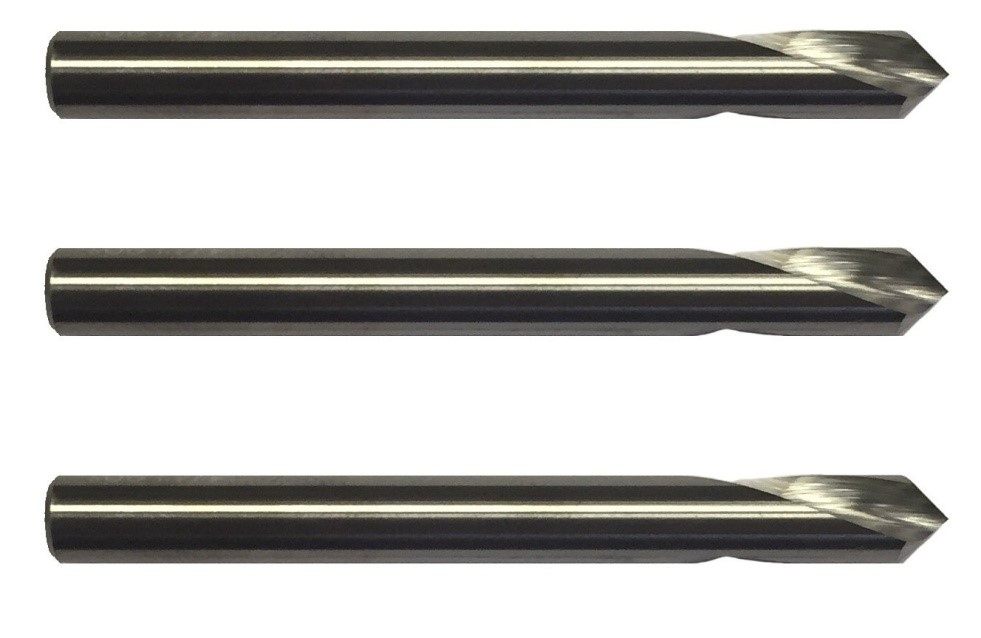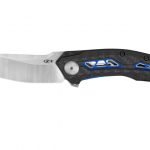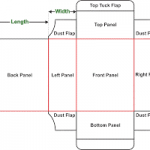When using carbide twist drills, most people will tell you that you don’t need to spot holes for them. Carbide is so rigid that they generally follow through with any material with ease. Moreover, in certain cases, using a spot drill for carbide machining operations can actually be counterproductive. The dimple created by the spot drill might chip the carbide tool. But that does not mean that you don’t need spot drills at all.
Starting Holes
If you aspire to machine parts with any degree of precision, you need to give your twist drill a fighting chance to hit its desired position. Otherwise, it would dance around the surface or “walk-off”. And if you´re running a big machining operation, we recommend durable carbide spot drills for the job.
Now, many are tempted to use center drills as their weapon of choice when starting holes. The problem is that they tend to drill a 120° degree bottom hole with a small diameter, depending on the width of the pilot, and leave a wider chamfered opening, sometimes a 60° taper. This angled taper will cause a normal twist drill with a wider angle to contact the edges and vibrate a bit, inevitably offsetting your intended center.
Moreover, these edges also tend to chowder up the edges of your twist drill as they engage a very small area, especially when working with sharper carbide drills.
Of course, this is an easy fix. If you´re using center drills don´t go any deeper than the tip of the pilot, so your twist drill can find solid purchase. The problem is that the pilot tip of center drills is not as resistant and can break very easily if your operation requires a lot of spotting.
Spot drills and Carbide
Spot drills and carbide tools can work very well together. However, you need to grasp how these two interact before you start driving dimples and machining them with a carbide twist drill. The physics behind driving holes is very important to understand. Twist drill tips usually have two sides and only one of them will come into contact with the surface first, no matter how flat or smooth the material is.
What that does is that the first contact will force the tip away in the opposite horizontal direction. This inevitably creates a slight angle that will be followed by the tool through its entire trajectory, and you will end up with a hole on the other side of the part that does not perfectly line up with the top side. If the deviation is too great, your drill bit will break and you won’t be able to make a hole at all.
This is why we use spot drills in the first place. They tend to be a bit chubbier; the wider a bit is compared to its length, the less deflection you´re going to feel when starting a hole. If you´re using a stubby carbide drill, you might not need a spot drill at all. But if your operation requires going through a lot of material, spot drills and carbide then become best friends.
Now, we face the same problem we had with center drills. If we use a spot drill with a different angle than our carbide twist drill, we risk chipping the edges in the dimple. What you need is to use matching angles for your spot drills and carbide tools. The best option is to use a 120° spot drill, so the twist drill fully engages with the material, avoiding chatter and securing a perfect center. It will also give your carbide tools a longer lifespan and keep them sharp.
When purchasing drilling tools and bits, always purchase directly from manufacturers that specialize in carbide tools. Visit www.onlinecarbide.com to find drill mills, spot drills and carbide bits that are razor-sharp and extremely durable for heavy-duty work.


